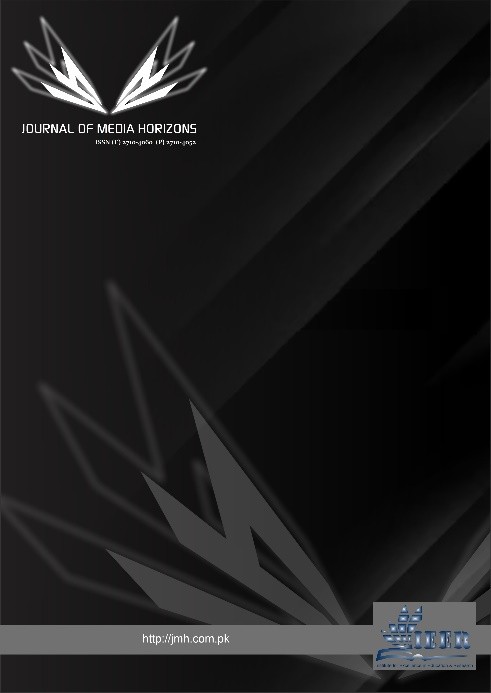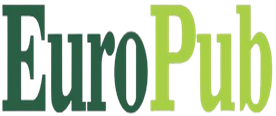NEXUS BETWEEN READING HABITS AND ACADEMIC ACHIEVEMENTS: EVIDENCE FROM LIBRARY AND INFORMATION SCIENCE STUDENTS AT THE UNIVERSITY OF PESHAWAR, KHYBER PAKHTUNKHWA
Keywords:
Reading Habits, LIS students, Academic SuccessAbstract
This study explores the reading habits of Library and Information Science (LIS) students at the University of Peshawar and examines how these habits influence their academic achievements. A structured questionnaire was distributed to a stratified random sample of 116 BS and M.Phil students, with 65 valid responses analyzed. Key variables included reading attitude, frequency, types of materials read, and reading purposes. The findings reveal that most students exhibit a positive attitude toward reading and prefer digital resources such as Google Scholar, YouTube, and e-books over traditional printed materials. Although reading frequency varied, students who read more frequently, both academic and non-academic materials, tended to perform better academically, as evidenced by a weak but statistically significant positive correlation with CGPA. The study also found no significant gender-based differences in reading habits. Students reported reading for a variety of purposes, including academic success, professional development, language improvement, and staying informed. The research highlights the importance of fostering consistent, purposeful reading habits among LIS students. The study recommends integrating digital literacy skills, expanding access to electronic resources, and designing reading-based activities within academic programs to support student performance and lifelong learning.
Downloads
Published
Issue
Section
License

This work is licensed under a Creative Commons Attribution-NonCommercial-NoDerivatives 4.0 International License.



















